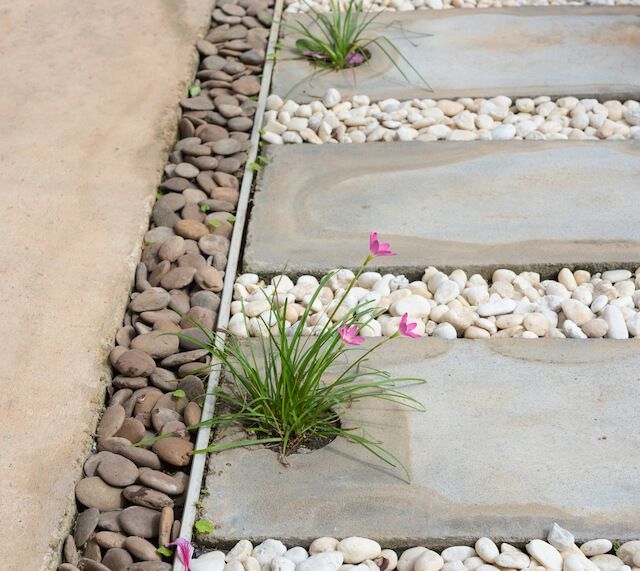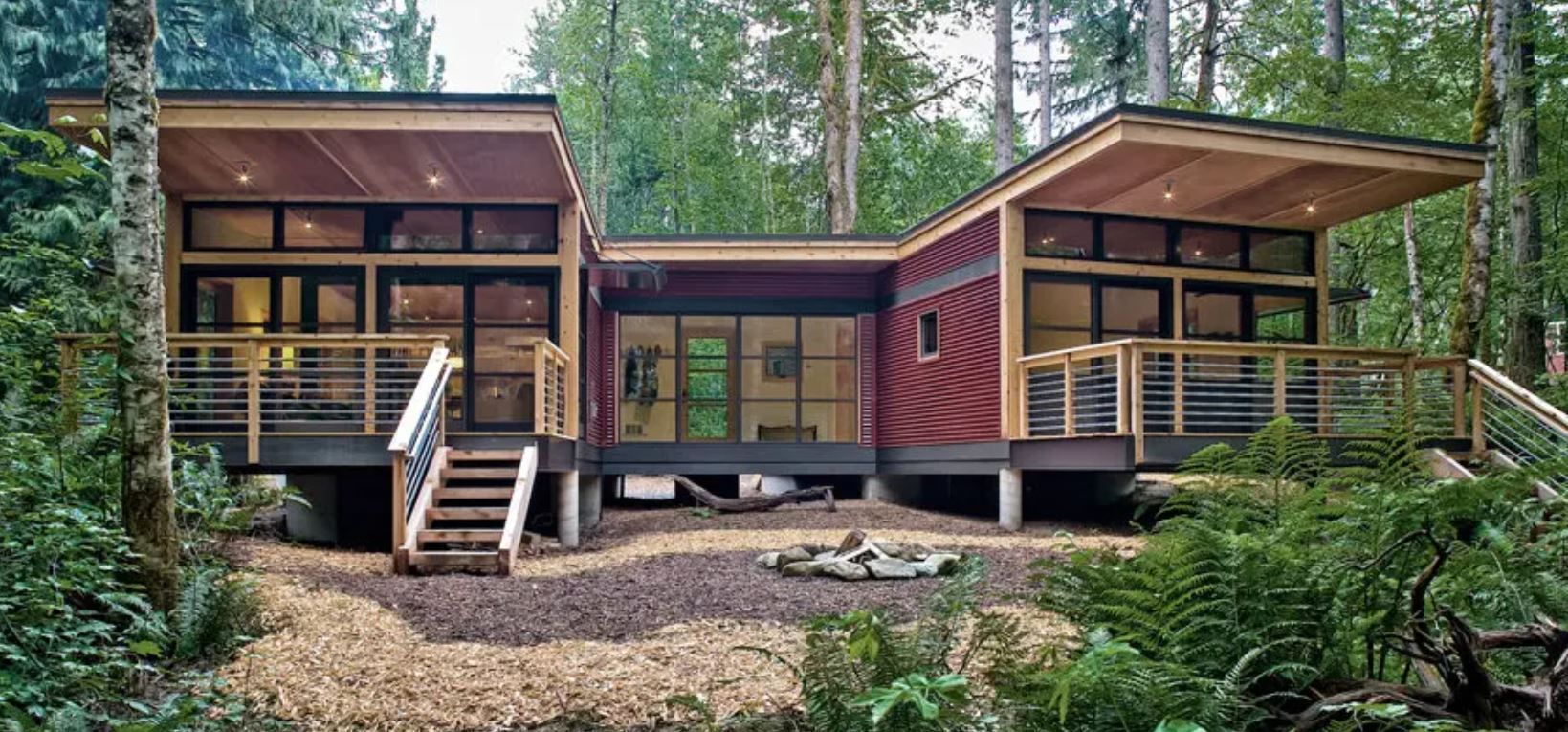Most people use the words modern and contemporary interchangeably. In many ways, they do work as synonyms in everyday use. With that said, if you are talking about design and architecture, the differences matter.
If you are looking to buy a new home, telling your real estate agent you are interested in contemporary design will give them a clear idea about what you want from home. If you hire an architecture firm that specializes in modern design, there are certain things you can expect from their plans. So what is the difference between a modern vs. contemporary home design?
Knowing the difference between modern vs. contemporary home designs will matter if you want to buy or build a new home. This post will cover some of the essential points that make these design styles unique.
What Is Modern Design?
You might be surprised to find out modern design is not about following the current trends in architecture. Instead, in interior design and architecture, modern design refers to a style of design that became popular in the early to mid 20th Century, also known as mid-century design.
It was a response to the highly ornate designs of the Victorian architecture of the mid to late 19th Century. Contrary to the elaborate designs of Victorian structures, the modern design strives for a minimalist approach with straight lines and a feel of functionality.
Another common feature of modern design is the home’s connection to nature. The color palettes are often natural tones. They usually have large windows to provide impressive views of the outdoors. The designers put a lot of thought into how the structure integrates with the landscape.
What Is Contemporary Design?
While modern design is about a style that developed during a specific period, the contemporary design focuses on the design trends of the time. While it is true that design characteristics do carry over, there is more evolution to contemporary design.
Beyond just style, a big part of contemporary home design involves using the latest technology. The designers strive to create homes that achieve high levels of sustainability and limit the structure’s environmental impact. They also tend to lean into the newest technology trends for modern living and convenience.
More from the ModBlog





